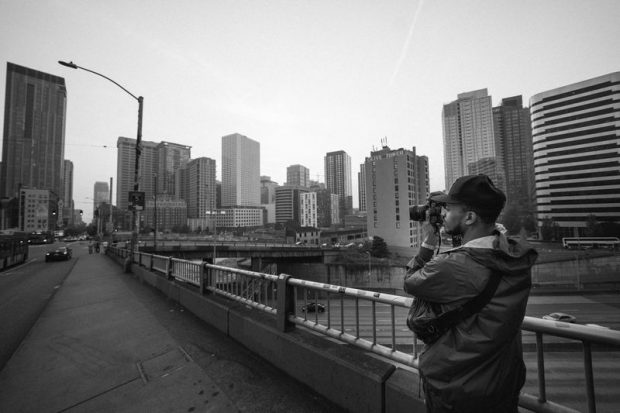The Facts About Framing Streets Revealed
Wiki Article
Getting My Framing Streets To Work
Table of ContentsIndicators on Framing Streets You Should Know3 Easy Facts About Framing Streets DescribedNot known Incorrect Statements About Framing Streets The Ultimate Guide To Framing StreetsExamine This Report on Framing StreetsFascination About Framing Streets
Digital photography genre "Crufts Pet Program 1968" by Tony Ray-Jones Road digital photography (additionally occasionally called honest photography) is digital photography performed for art or inquiry that features unmediated chance experiences and random occurrences within public places, typically with the goal of recording images at a decisive or poignant moment by mindful framing and timing. 
Consequently his boots and legs were well defined, but he is without body or head, because these remained in motion." Charles Ngre, waterseller Charles Ngre. https://framingstreets1.carrd.co/ was the very first professional photographer to obtain the technological class called for to register individuals in activity on the street in Paris in 1851. Professional Photographer John Thomson, a Scotsman working with reporter and social protestor Adolphe Smith, published Road Life in London in twelve month-to-month installations starting in February 1877
How Framing Streets can Save You Time, Stress, and Money.
Eugene Atget is considered as a progenitor, not because he was the first of his kind, however as a result of the popularisation in the late 1920s of his record of Parisian roads by Berenice Abbott, who was inspired to take on a similar paperwork of New York City. [] As the city created, Atget helped to promote Parisian streets as a worthwhile subject for photography.
How Framing Streets can Save You Time, Stress, and Money.
The chief Mass-Observationists were anthropologist Tom Harrisson in Bolton and poet Charles Madge in London, and their first report was created as guide "May the Twelfth: Mass-Observation Day-Surveys 1937 by over two hundred onlookers" [] Home window cleaner at Kottbusser Tor, Berlin, by Elsa Thiemann c. 1946 The post-war French Humanist Institution professional photographers discovered their topics on the road or in the diner. Andre Kertesz.'s useful link commonly admired Images la Sauvette (1952) (the English-language version was titled The Decisive Minute) advertised the concept of taking an image at what he described the "definitive moment"; "when type and web content, vision and structure merged right into a transcendent whole" - Street photography.Some Ideas on Framing Streets You Need To Know
The recording equipment was 'a covert video camera', a 35 mm Contax hidden under his coat, that was 'strapped to the upper body and connected to a lengthy wire strung down the ideal sleeve'. Nonetheless, his job had little modern effect as because of Evans' level of sensitivities regarding the creativity of his project and the personal privacy of his subjects, it was not published till 1966, in guide Several Are Called, with an intro composed by James Agee in 1940.Helen Levitt, then an educator of children, linked with Evans in 193839. She documented the transitory chalk drawings - copyright a7iv that were component of kids's street culture in New York at the time, in addition to the kids that made them. In July 1939, Mo, MA's brand-new digital photography section consisted of Levitt's work in its inaugural exhibitionRobert Frank's 1958 publication,, was substantial; raw and typically indistinct, Frank's images questioned mainstream digital photography of the moment, "tested all the official regulations set by Henri Cartier-Bresson and Pedestrian Evans" and "flew in the face of the wholesome pictorialism and genuine photojournalism of American magazines like LIFE and Time".
Report this wiki page